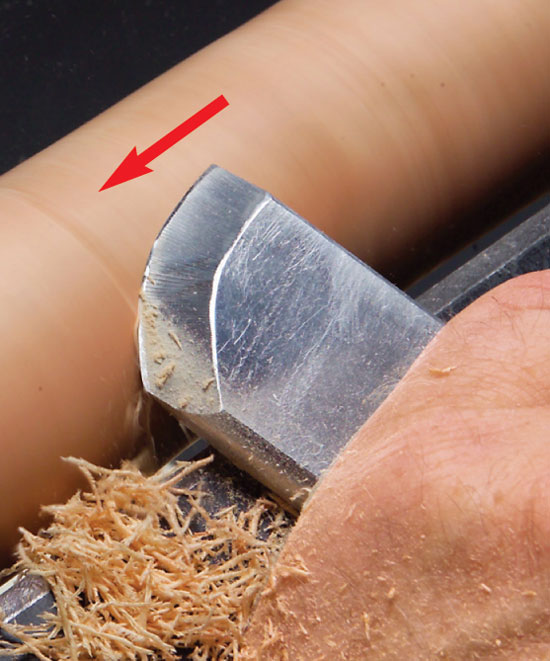If you watch Tomasliv, or how ever he spells it, he uses a skew with a slight sweep to it. If you watch Woodturner 21, he was traditionally trained and uses a straight across grind. I use the slightly swept back ones, and I was trying some things with the straight across one and it did not flow well shall we say.... I was watching a Stuart Batty demo, and he was using a straight across grind. He had a small spindle on, and said to never start on the end of the spindle because it would always catch. So, I had not had problems with it after figuring out you set your skew angle before you make the cut and went home and tried it. No problems. I thought maybe it was the straight across grind, so I tried that grind, and again no problems. Maybe I should offer to teach Stuart that cut....
Oh, for sharpening, I do use a platform. I would do it a little at a time. For the skew, always work on the lower 1/2 to 1/3 of the cutting edge. He has a very good video on using it.
This guy, I think he has some excellent videos up:
https://www.youtube.com/@tomislavtomasicwoodturning
robo hippy

